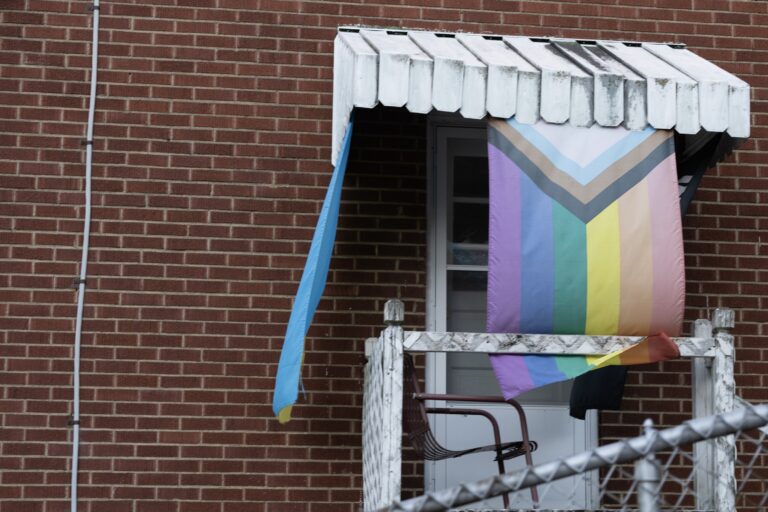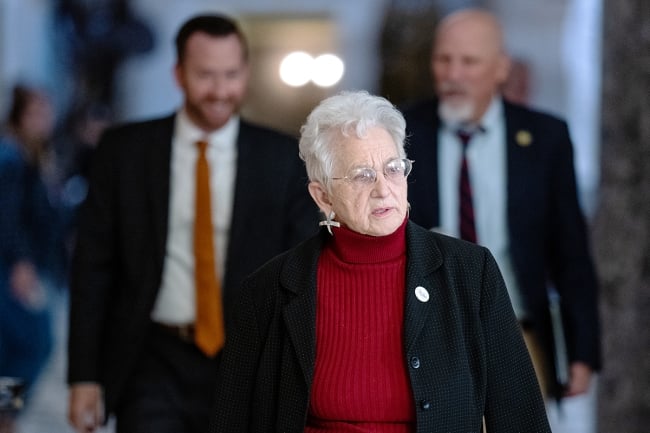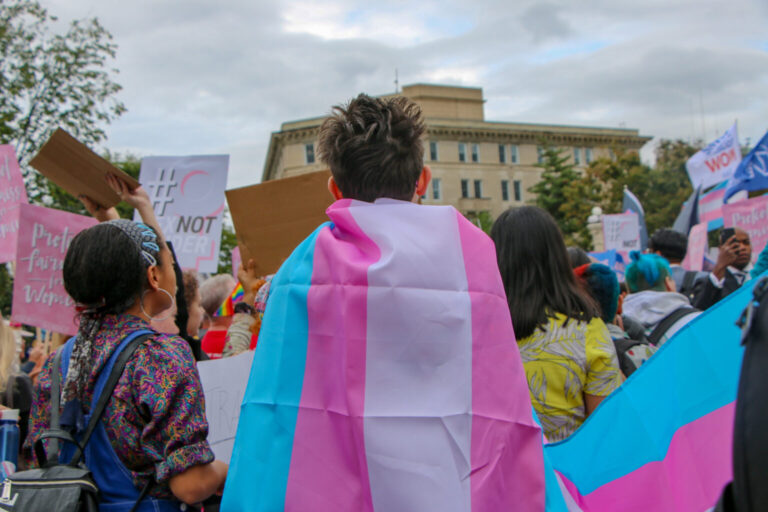Racist Texts Sent to Black College Students Spark Outrage
Outrage Over Racist Texts Sent to Black College Students
In the digital era we live in, communication can be a double-edged sword. It connects people across continents, but it can also be a vehicle for hate. Recently, a wave of outrage rippled through college campuses when racist texts referencing slavery were sent to Black students in South Carolina, igniting conversations about racism, accountability, and the responsibilities of educational institutions. Let’s dive deeper into this alarming episode and unpack the layers of concern it raises.
The Incident: A Wake-Up Call
In a shocking act of ignorance, a number of Black college students at a South Carolina university received text messages that were not just derogatory but deeply rooted in historical trauma. Can you imagine waking up to such hateful messages? These texts referenced slavery in the most offensive and disturbing ways possible. It was not just an isolated incident; it was part of a larger pattern of hatred that has unfortunately found a breeding ground in academia.
The immediate aftermath was one of disbelief, anger, and a call for justice. Educational institutions, often viewed as safe havens for diversity and inclusion, suddenly found themselves under scrutiny. The question emerged: How could this happen in a place that should be promoting learning and understanding?
Understanding the Roots of Racism
To fully grasp the gravity of this issue, we need to take a few steps back. Racism, like a bad habit, doesn’t just disappear overnight. It’s ingrained in various aspects of society, and sadly, it also infiltrates our educational institutions. The echoes of the past, particularly the haunting legacy of slavery, continue to resonate in modern society.
Racial slurs and hateful comments are symptoms of a disease that has spread through generations. It doesn’t just affect the targets of these messages but also poisons the minds of those who think such behavior is acceptable. It’s a societal problem, deeply embedded in the fabric of our culture.
How Racism Persists in Modern Society
Racism often shows up in different forms. Here are a few ways it manifests today:
- Microaggressions: Those innocent-seeming comments that make someone raise an eyebrow.
- Systemic Inequities: Policies and practices that disenfranchise specific communities.
- Social Media Bullying: Anonymity online can breed severe harassment.
Even though we’re in an era of social consciousness, instances like these remind us that there’s still a long way to go before genuine equality becomes our reality.
The Impact on Students
The ramifications of such acts extend far beyond a mere moment of outrage. For the students who received these vile texts, the emotional toll can be devastating. Some may experience:
- Psychological Distress: Increased anxiety and feelings of isolation.
- Trust Issues: A shattered sense of safety on campus.
- Academic Challenges: Difficulty focusing on studies when dealing with trauma.
Can you imagine trying to concentrate on your history class when history itself is being weaponized against you? These are not just isolated events; they affect the entire campus climate.
Allyship and Support Systems
In the wake of such incidents, solidarity becomes crucial. It’s essential for allies, be they fellow students or faculty members, to step up and offer support. It could be as simple as lending an ear or as proactive as initiating discussions on race and inclusion.
Remember, it’s not just a Black issue; it’s a human issue. Engaging in open conversations can foster understanding, encourage empathy, and even lead to actionable changes in policies and practices.
Institutional Responsibilities
With powers come responsibilities. Colleges and universities have a duty to create and maintain an environment conducive to learning, free from hatred and bias. Here are a few steps they can consider:
- Implementing Awareness Programs: Educational workshops on race and inclusion can go a long way.
- Establishing Reporting Mechanisms: Allowing victims to file complaints without fear of retaliation.
- Promoting Diverse Leadership: Diverse voices in leadership positions can help shape more inclusive policies.
The Role of Social Media
Let’s talk about the elephant in the room—social media. Platforms like Facebook, Twitter, and Snapchat can amplify both harm and hope. In this case, social media has been crucial in raising awareness, allowing communities to rally and speak out against racism.
But like every tool, it can be misused. The anonymity it offers can embolden individuals to engage in hateful communication without facing immediate consequences. It makes one wonder, is technology our friend or foe?
Mobilizing Around Change
In the aftermath of this incident, student bodies and community groups have mobilized, demanding accountability and change. It’s like watching flowers bloom after a rainy season; hope arises from despair. Petitions and demonstrations can serve as powerful catalysts for reform, pushing institutions to confront their shortcomings head-on.
What Can You Do?
As an individual, you’re empowered to help combat racism. Here are a few simple actions you can take:
- Educate Yourself: Knowledge is a powerful weapon against ignorance.
- Speak Up: If you witness racism, don’t stay silent. Speak out!
- Support Affected Individuals: Sometimes, just being there for someone can make a world of difference.
The Road Ahead: A Call to Action
While incidents like the recent racist texts are disheartening, they also serve as a clarion call for all of us to do better. We can’t just be passive observers waiting for someone else to take the lead. It’s time to roll up our sleeves and fight against these injustices.
What if we treated this moment as a learning experience? A chance to unite and create policies that promote understanding? Every action, no matter how small, contributes to shaping a more inclusive environment.
Conclusion
The racist texts sent to Black college students in South Carolina reflect an unsettling reality that racism persists in various forms even within academic institutions. This incident galvanizes not only the students affected but also the community at large—a call for solidarity, education, and change.
It’s crucial that we come together, not just in outrage but in action to dismantle hatred and promote genuine understanding. Let’s strive to leave the world a better place than we found it, where every student can feel valued and secure in their learning environment.
FAQs
Q1: What are microaggressions, and how do they affect students?
A1: Microaggressions are subtle, often unintentional comments or actions that reinforce stereotypes and discrimination. They can create a hostile environment and contribute to feelings of alienation.
Q2: How can colleges effectively address incidents of racism?
A2: Colleges can host awareness programs, establish reporting mechanisms, and promote diverse leadership to address and prevent incidents of racism.
Q3: What role does social media play in the conversation about racism?
A3: Social media can amplify voices, raise awareness, and mobilize communities around issues of racism, but it can also perpetuate hate speech when used irresponsibly.
Q4: How can individuals support their peers who experience racism?
A4: Individuals can offer emotional support, speak out against injustice, and educate themselves and others about social issues.
Q5: Why is it important to discuss racism in educational settings?
A5: Discussing racism in educational settings fosters a culture of understanding, empathy, and respect, which is essential for creating a safe and inclusive learning environment.







